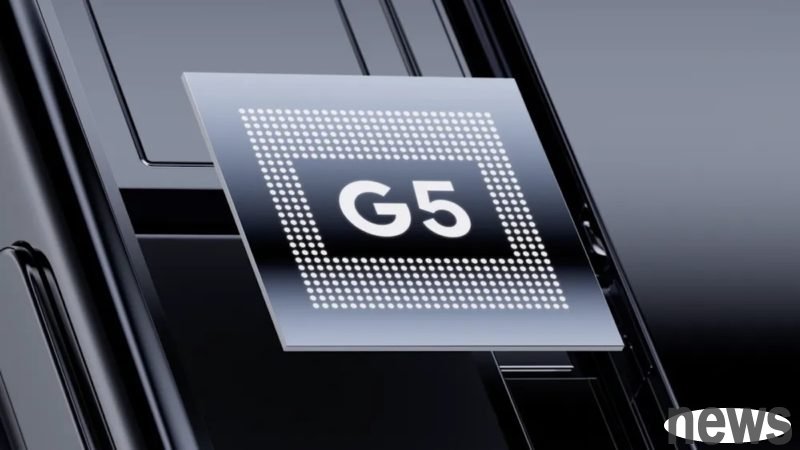
Google’s latest Tensor G5 chip is produced using TSMC’s 3nm process, which allows the chip to pack more transistors and is expected to improve performance and power consumption. However, Tensor G5 did not surprise users and technology enthusiasts after its launch. Many people believed that this chip was prone to "down-clocking". This flaw may be due to Google's assembly approach to the Tensor G5 architecture and its failure to properly integrate the multi-party architecture.
Tensor G5 has a complex architecture, starting with an eight-core CPU design, including 1 high-performance Cortex-X4 core with a clock speed of 3.78 GHz, 5 mid-range Cortex-A725 cores with a clock speed of 3.05 GHz, and 2 high-efficiency Cortex-A520 cores with a clock speed of 2.25 GHz.
Next, the GPU design uses Imagination’s IMG DXT-48-1536, an integrated GPU belonging to the PowerVR series with a clock speed of 1.10 GHz. Its theoretical performance is comparable to other high-end mobile GPUs (such as Adreno 732 / 740 or ARM Mali G715 MP7), but it does not support ray tracing.
In addition, Tensor G5 joins fifth-generation TPUs for machine learning and AI workloads, as well as 5G modems with Samsung Exynos.
Foreign media have observed that Tensor G5 is prone to heat and frequency reduction, which seriously affects game performance. Some people attribute the cause to Google switching the GPU of the Tensor chip from ARM Mali to Imagination's IMG DXT-48-1536, but this switch alone cannot fully explain the entire problem.
It is speculated that Google’s modular approach to the Tensor G5 architecture may be the problem with chip performance not being as good as expected.
Just imagine that Qualcomm’s Snapdragon 8 Elite Gen 5 is far better than Tensor G5 in Geekbench 6 and 3DMark benchmarks. Why is this? Qualcomm uses its own customized Oryon CPU core in Snapdragon 8 Elite Gen 5, with a main core clock of 4.60 GHz and a performance core clock of 3.62 GHz. Qualcomm has optimized the higher clock speeds, including a larger L2 cache configuration, with both cores having 12 MB of L2 cache. In contrast, Google's Tensor G5 uses off-the-shelf Arm Cortex CPU cores that are not finely tuned or optimized for the new Pixel 10 machine.
While Google worked closely with Imagination to develop the new IMG DXT-48-1536, Imagination retains complete proprietary control over the DXT family of drivers. This means that although Google can make adjustments in some aspects (especially AI workloads and power management), it must rely on Imagination for basic driver updates and hardware-specific code, highlighting Google's lack of control over basic optimization aspects.
In other words, Google's chip design strategy is similar to buying a complete suit and then paying to make partial modifications. This kind of suit is certainly wearable, but it lacks the charm that comes with a custom-made suit.
If Google continues to prioritize cost in its chip design strategy, even if it adds the proud TPU, the chip performance is likely to continue to lag behind its competitors.
The Flaw In Google Pixel’s New Tensor G5 Chip Tested: Google’s new GPU is a disaster for Pixel 10 game emulation